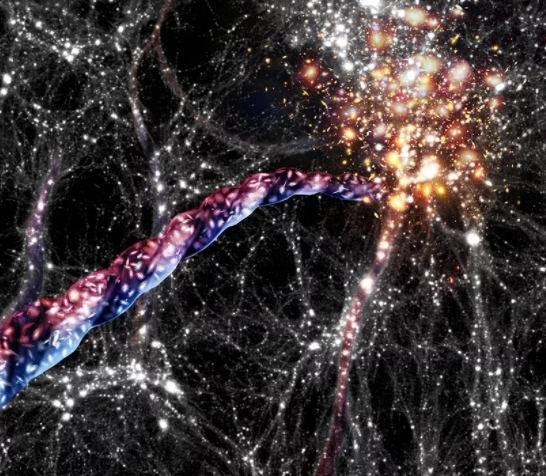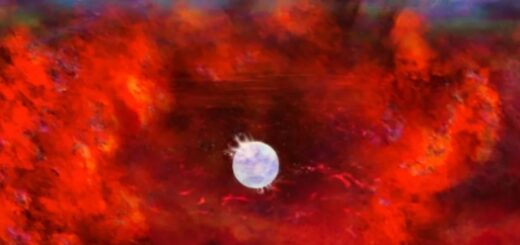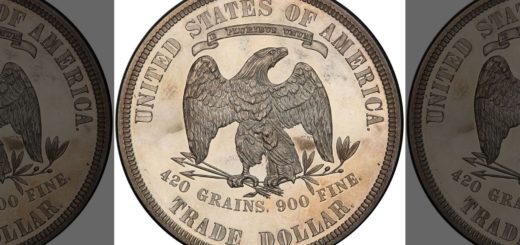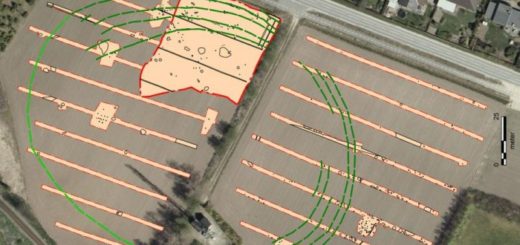Astronomers discover largest known spinning structures in the universe

Tendrils of galaxies up to hundreds of millions of light-years long may be the largest spinning objects in the universe, a new study finds.
Celestial bodies often spin, from planets to stars to galaxies. However, giant clusters of galaxies often spin very slowly, if at all, and so many researchers thought that is where spinning might end on cosmic scales, study co-author Noam Libeskind, a cosmologist at the Leibniz Institute for Astrophysics Potsdam in Germany.
But in the new research, Libeskind and his colleagues found that cosmic filaments, or gigantic tubes made of galaxies, apparently spin. “There are structures so vast that entire galaxies are just specks of dust,” Libeskind said. “These huge filaments are much, much bigger than clusters.”
Related: The best Hubble Space Telescope images of all time!
Click here for more Space.com videos…
CLOSE
Previous research suggested that after the universe was born in the Big Bang about 13.8 billion years ago, much of the gas that makes up most of the known matter of the cosmos collapsed to form colossal sheets. These sheets then broke apart to form the filaments of a vast cosmic web.
Using data from the Sloan Digital Sky Survey, the scientists examined more than 17,000 filaments, analyzing the velocity at which the galaxies making up these giant tubes moved within each tendril. The researchers found that the way in which these galaxies moved suggested they were rotating around the central axis of each filament.
The fastest the researchers saw galaxies whirl around the hollow centers of these tendrils was about 223,700 mph (360,000 kph). The scientists noted they do not suggest that every single filament in the universe spins, but that spinning filaments do seem to exist.
The big question is, “Why do they spin?” Libeskind said. The Big Bang would not have endowed the universe with any primordial spin. As such, whatever caused these filaments to spin must have originated later in history as the structures formed, he said.
One possible explanation for this rotation is that as the powerful gravitational fields of these filaments pulled gas, dust and other material within them to collapse together, the resulting shearing forces might have spun up this material. Still, right now, “we’re not really sure what can cause a torque on this scale,” Libeskind said.
The scientists now seek to understand the origin of filament spin through computer simulations of how matter behaves on the largest cosmological sales. The researchers detailed their findings online June 14 in the journal Nature Astronomy.



 Creators of mankind
Creators of mankind Description of “Tall white aliens”
Description of “Tall white aliens” Where they came from?
Where they came from? About hostile civilizations
About hostile civilizations The war for the Earth
The war for the Earth “Tall white aliens” about eternal life
“Tall white aliens” about eternal life Video: “Nordic aliens”
Video: “Nordic aliens” Aliens
Aliens Alien encounters
Alien encounters The aliens base
The aliens base UFO
UFO Technology UFO
Technology UFO Underground civilization
Underground civilization Ancient alien artifacts
Ancient alien artifacts Military and UFO
Military and UFO Mysteries and hypotheses
Mysteries and hypotheses Scientific facts
Scientific facts


















